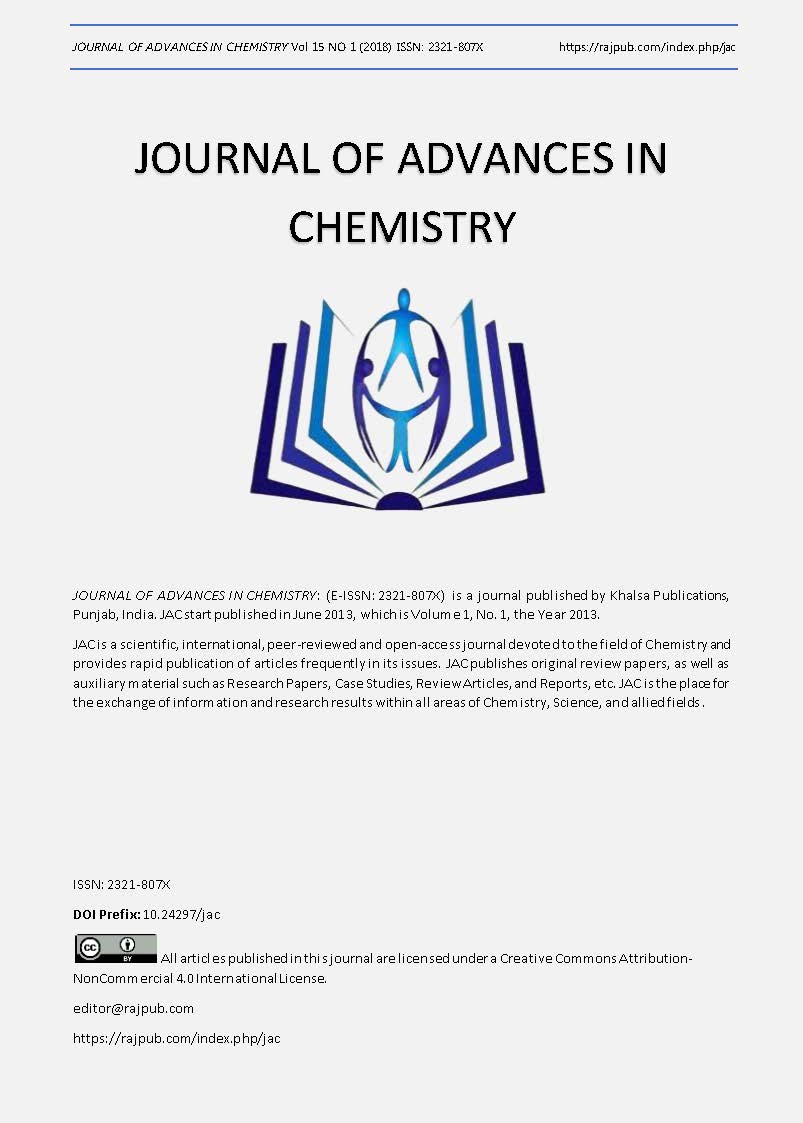Textiles Printing Using Microencapsulated Pigments in Biodegradable Thickeners
DOI:
https://doi.org/10.24297/jac.v15i1.7178Keywords:
Microcapsules, Thickener, Polylactic, Biodegradable, PrintingAbstract
Micro-encapsulated pigments were formulated into biodegradable printing pastes and their properties were analyzed. The pigment was used as the core material and polylactic-based biodegradable thickener was used as the wall-former. Cotton/polyester blend fabric was printed with micro-encapsulated pigment using screen-printing technique without dispersing agents, penetrating agents, leveling agents or other auxiliaries. Micro-encapsulated pigment has been characterized in terms of average particle size and size distribution, morphological structure and elemental composition using scanning electron microscopy (SEM) and energy dispersive X-ray analysis (EDX). The variations in viscosity and paste stability were observed upon storing over 7 days at ambient temperature. For permanence, the micro-encapsulation process afforded better colorfastness properties against light, washing, rubbing, and perspiration.
Downloads
References
[2] Himadri Panda, A concise guide on textile dyes, pigments and dye intermediates with textile printing technology. Niir Project Consultancy Services, 2013.
[3] Domenick D. Gagliardi, and Robert J. Cicione. "Process for binding pigments to textiles." U.S. Patent 3,661,632, issued May 9, 1972.
[4] R. J. Hannay, "Some Problems in the Application of Pigments for the Coloration of Textiles." Coloration Technology 61, no. 4 (1945): 88-90.
[5] Norman S. Cassel, "Method of coloring textiles with pigments." U.S. Patent 2,342,642, issued February 29, 1944.
[6] Klaus Hunger, ed. Industrial dyes: chemistry, properties, applications. John Wiley & Sons, 2007.
[160] Antónia Gonçalves, Berta N. Estevinho, and Fernando Rocha. "Microencapsulation of vitamin A: a review." Trends in Food Science & Technology 51 (2016): 76-87.
[7] R. H. Müller, M. Radtke, and S. A. Wissing. "Nanostructured lipid matrices for improved microencapsulation of drugs." International journal of pharmaceutics 242, no. 1-2 (2002): 121-128.
[8] Eamonn McGee, and Terri L. Lang. "A study of the effects of a micelle encapsulator fire suppression agent on dynamic headspace analysis of fire debris samples." Journal of Forensic Science 47, no. 2 (2002): 267-274.
[9] Claude P. Champagne, and Patrick Fustier. "Microencapsulation for the improved delivery of bioactive compounds into foods." Current opinion in biotechnology 18, no. 2 (2007): 184-190.
[10] Simon Benita, ed. Microencapsulation: methods and industrial applications. CRC Press, 2005.
[11] Swapan Kumar Ghosh, ed. Functional coatings: by polymer microencapsulation. John Wiley & Sons, 2006.
[12] Lauren S. Jackson, and Ken Lee. "Microencapsulation and the food industry." Lebensm. Wiss. Technol 24, no. 4 (1991): 289-297.
[13] Géraldine Hébrard, Valérie Hoffart, Jean-Michel Cardot, Muriel Subirade, and Eric Beyssac. "Development and characterization of coated-microparticles based on whey protein/alginate using the Encapsulator device." Drug development and industrial pharmacy 39, no. 1 (2013): 128-137.
[14] Gm Thilagavathi, and S. Krishna Bala. "Microencapsulation of herbal extracts for microbial resistance in healthcare textiles." (2007).
[15] Gordon Nelson, "Application of microencapsulation in textiles." International journal of pharmaceutics 242, no. 1-2 (2002): 55-62.
[16] Karthik Keyan, T. Ramachandran, O. L. Shamugasundaram, M. Balasubramaniam, and T. Ragavendra. "Microencapsulation of PCMs in textiles: a review." Journal of Textile and Apparel, Technology and Management 7, no. 3 (2012).
[17] Marc Van Parys, "Smart textiles using microencapsulation technology." Functional Coatings (2006).
[18] S. S. Jyothi, A. Seethadevi, K. Suria Prabha, P. Muthuprasanna, and P. Pavitra. "Microencapsulation: a review." Int J Pharm Biol Sci 3 (2012): 509-31.
Downloads
Published
How to Cite
Issue
Section
License
 All articles published in Journal of Advances in Linguistics are licensed under a Creative Commons Attribution 4.0 International License.
All articles published in Journal of Advances in Linguistics are licensed under a Creative Commons Attribution 4.0 International License.




